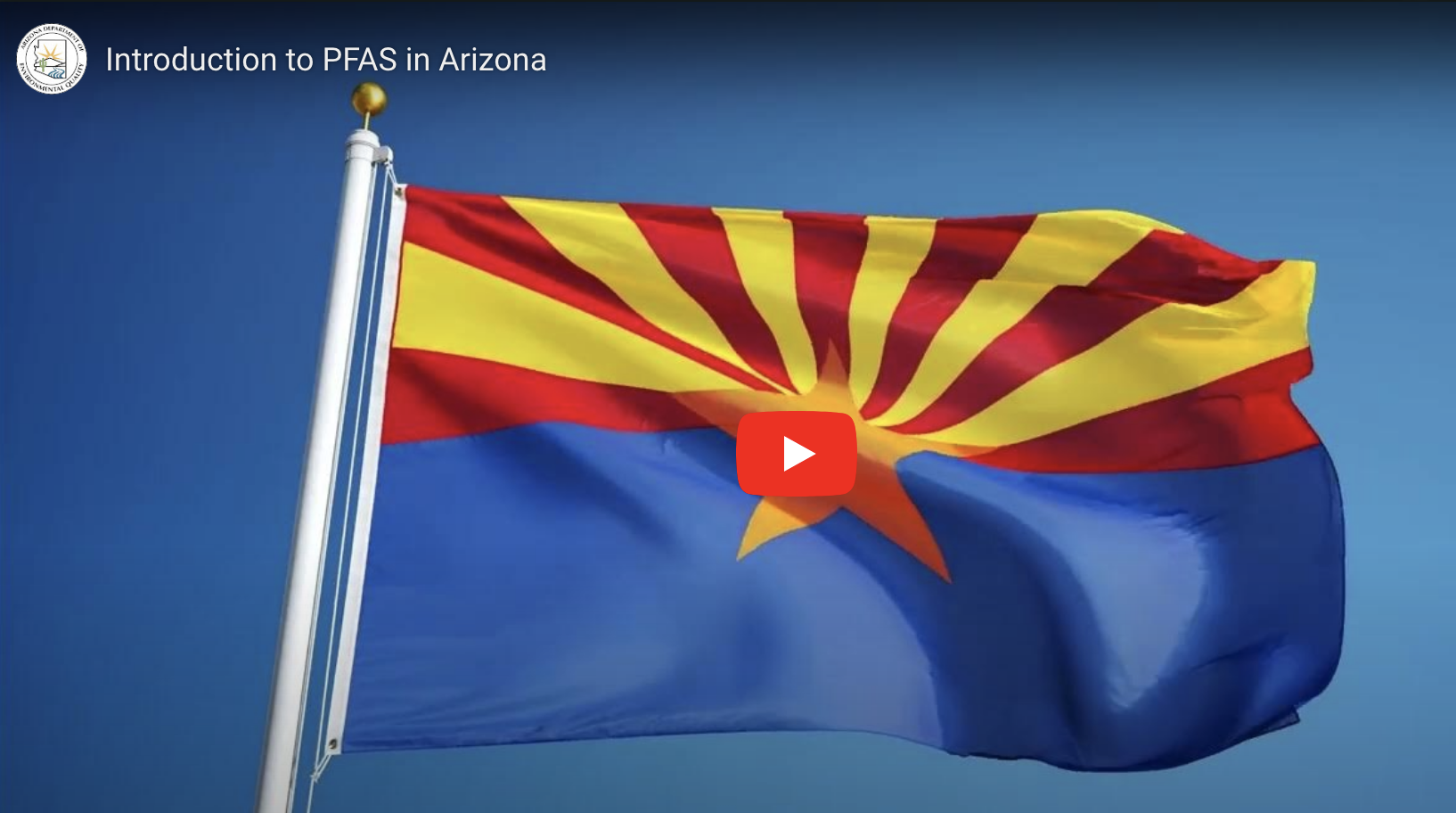Revised on: June 15, 2023 - 12:49pm
Why are PFAS a concern?
PFAS can migrate into the soil, water, and air during manufacturing and using products containing PFAS. Once in the environment, most PFAS (including PFOA/PFOS) do not break down, so they remain in the environment and can impact groundwater and drinking water sources.
Because of widespread use and their persistence, PFAS are found at low levels in the environment, in various food products, and consequently in the blood of people and animals worldwide. Some PFAS can build up in people and animals with repeated exposure over time | EPA PFAS >
How can people be exposed to PFAS?
The most significant PFAS human exposure pathway is drinking impacted municipal or well water in communities near industrial facilities where PFAS were produced or used to manufacture other products, facilities used for the disposal of PFAS containing water, or near oil refineries, airfields, or locations where PFAS-containing products were used for firefighting.
Research generally suggests that human exposure to PFAS from consumer products is low when compared to exposures to impacted drinking water | ATSDR PFAS Exposure >
Are there health effects from PFAS?
Scientists are still learning about the potential health effects from PFAS exposure. Some studies have shown that certain PFAS may increase the risk of cancer, affect the immune system and impact children’s development | ATSDR PFAS Health Effects >
How can I reduce my risk of exposure?
PFAS primarily accumulates in a person’s body through drinking water with the compounds or ingesting food that may have come in contact with the compounds. PFAS are not likely to get into the body from skin contact. Using the water to shower, bathe, wash dishes or clothes, and irrigate landscaping (non-gardening) is not expected to increase exposure | ATSDR PFAS Exposure >
The National Safety Foundation (NSF) provides more information about PFAS in drinking water and a list of certified home filtration devices you can search | NSF PFAS in Drinking Water >


